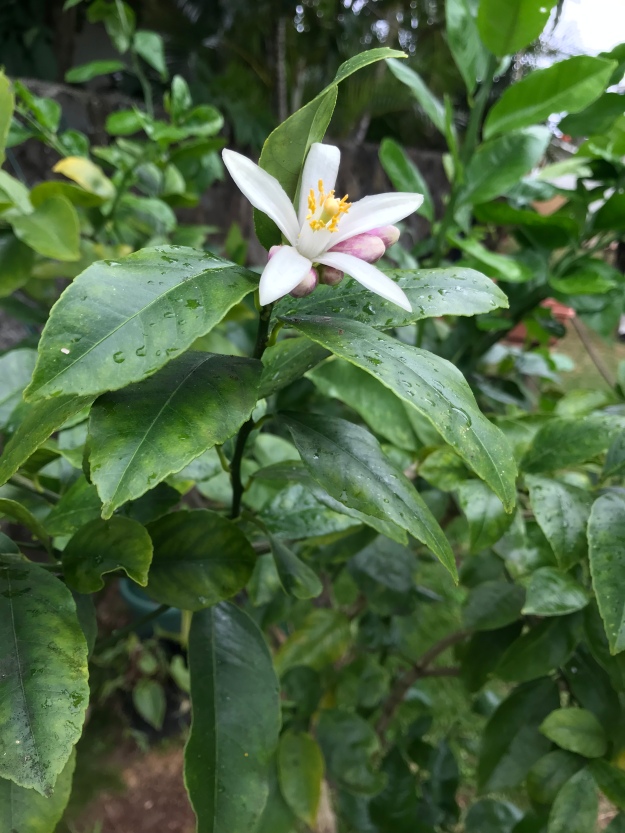2017 was probably one of he most difficult years I’ve had in a long time. I was coming off the heels of two significant family losses in 2016: my grandmother and father-in-law. It was also a year after my mom moved away to the mainland. Since my father-in-law passed, my wife and I share duties as caregiver for my mother-in-law who is in a wheelchair after a stroke in her 50s. This includes being woken up in the middle of the night several times to take her to the toilet. To cap off the difficult year, I didn’t pass the Junior Intermediate I assessment I had been preparing for in the four years preceding. I felt I let my teachers down, my family down, and my students down.
I thought in many ways 2018 would also be a difficult year. We started the year with a false alarm missile alert. We also had two major hurricane scares so far. Sleep depravation is a constant. Plus I am busy juggling a full time job with teaching yoga classes.
As I have stated before, there is a regression toward the mean. That means when things are really bad, they don’t stay really bad forever. Things started to take a turn for the better when my mom visited in July. She stayed with my wife and I which was unusual because all these years we lived near each other, and when I was in college I would stay with her. My mom would go to the beach every day and invited me to go with her. She reminded me that going to the beach is a major coping skill that I haven’t utilized for years.
Throughout all the past years of stress, I have developed a mantra practice. Before I went for my assessment last year in LA, I did my own puja to Saraswati. She gives those who are trying to study boons to help them. When I didn’t pass, I was perplexed. I wanted to be upset, but I felt that Saraswati was trying to teach me something deeper than just passing a test. I feel she was trying to completely transform me to be ready for something bigger.
I also held puja for Ganesh and Hanuman. Ganesh clears the obstacles in one’s way. Hanuman has all the yogic powers and demonstrates how to use them for the good of humanity as he has done in the Ramayana. There is a passage in the Ramayana where Rama is distraught after his wife has been kidnapped. That is when Hanuman first appears to him and gives him hope. In the same way, these mantras have given me hope when I listen to them and recite them that good news is on the way.
There are so many times I wanted to quit. There was even one time I considered canceling my airline ticket. My wife would not allow me to do so. She has been one of my best supporters through this whole process, even though she is equally fatigued with caregiving if not moreso.
About a month before the assessment, she got good news that her brother was able to take care of her mother during the time of my trip. She was able to come with me! It had been a few years since we were able to travel together. The assessment journey turned into a wonderful week’s vacation. My wife and I finally got a chance to enjoy each other without caregiving duties. We had such a blast!
Since my trip, I do feel transformed. I feel very relieved to have passed this test. Even if I didn’t pass, I feel that the hardship I have been facing isn’t so much gone, but now more manageable. My mantra practice is not as intense as it was before my assessment, and I miss it (even though I still practice). I even have to admit I put more into my mantra practice than my asana practice. But now I see how much it made sense for me at this time. As the Ramayana has many twists and turns, Rama prevails in the end with the help of his wife, his family, and his spiritual faith. I feel that Saraswati now smiles at her handiwork.















